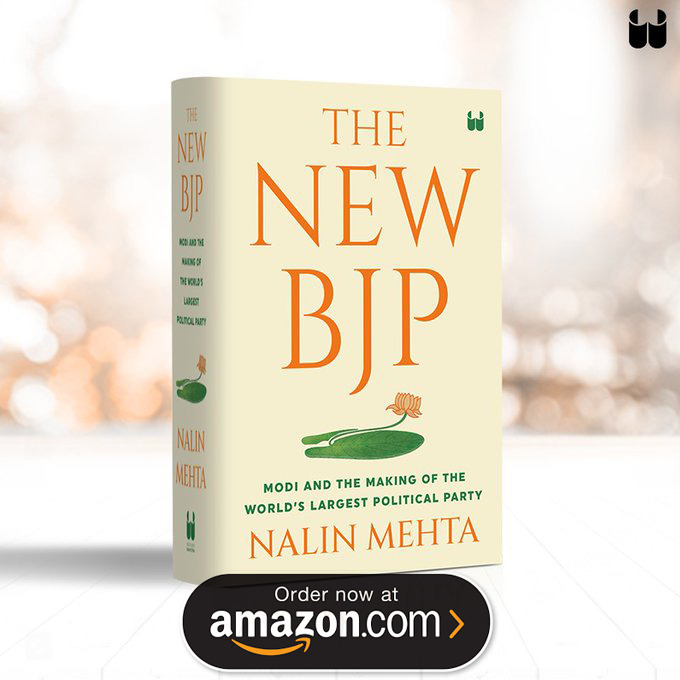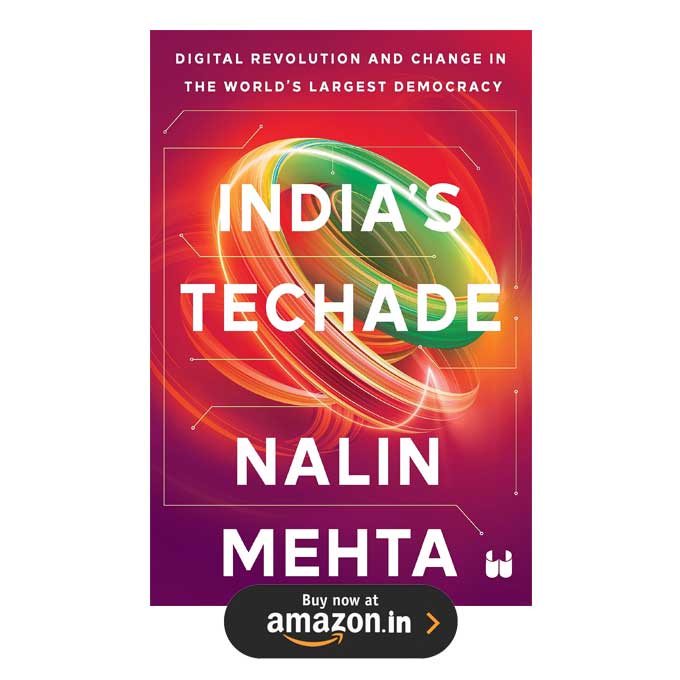How caste politics is being resurrected with dubious history before polls
What does an ancient emperor who died over 2,300 years ago have to do with the hurly-burly of Bihar elections in the present day? Everything, it seems, as politicians pull out all the stops to attract, make and remake caste formations.
So in this cauldron of caste, Emperor Ashoka whose lion seal adorns our rupees, whose dharma chakra is on the national flag, who was the greatest communicator of ancient India reshaping much of Asia with Buddhism — as Constantine would later reshape Europe with Christianity — has now been repackaged as a Kushwaha leader.
The Rashtravadi Kushwaha Parishad, which is aligned with BJP, has held several commemoration functions in Bihar since last year, arguing that both Chandragupta Maurya and Ashoka were Kushwahas and therefore ancestors of present-day Bihari Kushwahas or Koeris who make up about 9% of voters. State BJP leaders like Sushil Kumar Modi have publicly argued in these ceremonies that if voted to power, their party would restore the glory that Kushwahas supposedly enjoyed during the Mauryan empire.
They have likened the JD(U) regime to the capricious regime of the last Nanda king, Dhanananda, who was uprooted by Chanakya and the Mauryas. In May this year a celebration of 2,300 years of Ashoka in Patna turned into a political advocacy event, with posters coming up across the city of a bejewelled and moustachioed Ashoka image, sitting side-by-side with Kushwaha caste leaders and BJP satraps.
A senior Union Cabinet minister from Bihar even announced a postal stamp to honour Ashoka and that a big statue of the emperor would be installed in Delhi and Patna if the party was voted to power. The prime minister, who is fronting BJP’s campaign in Bihar, has specifically focused only on development in his speeches and the contradictions in the opposing JD(U)-RJD-Congress mahagathbandan. Yet, it is clear that at the micro-level, this electoral battle is as much about getting the caste arithmetic right as the larger atmospherics of the Modi model of development versus the Nitish model of good governance.
The perplexing appropriation of Ashoka as a caste leader is part of these ground-level machinations. Kushwahas, an OBC caste who claim their descent from Ram’s son Kush, were part of the social axis of forward castes and extremely backward castes that combined with the slogan of good governance to hand Nitish Kumar his 2010 triumph in Bihar.
Union minister Upendra Kushwaha’s break with JD(U) in 2013 and his formation of Rashtriya Lok Samata Party (RLSP), which in alliance with BJP won three Lok Sabha seats in 2014, was an attempt to break up the old Nitish coalition. Along with RLSP, Jitan Ram Manjhi’s Hindustan Awam Morcha, essentially aimed at Musahars, and Ram Vilas Paswan’s Dalit-focussed Lok Janshakti Party, BJP’s social coalition is essentially one of upper castes and those at the very bottom of the caste pyramid to take on the Yadav-Muslim-Kurmi-MBC combine that the mahagathbandhan is banking on.
Historians have been aghast at the bizarre appropriation of Ashoka as a caste leader. There is no evidence whatsoever of the emperor’s caste credentials in Mauryan records. Yet, Kushwaha Parishad members insist they can prove it. The emperor has become a tool in the politics of social engineering in Bihar.
Just as the legendary Hindi poet Ramdhari Singh Dinkar has now been recast as a Bhumihar icon, Maharana Pratap of Mewar as a tool to woo upper-caste Rajputs and Baba Chuhar Mal as a dalit leader. State leaders have embraced all of these, including Kunwar Singh who fought the British in 1857, and held caste functions to commemorate these figures.
Rewriting history to serve modern political ends is not new. In UP, for example, BSP focussed on recasting and highlighting the stories of dalit veeranganas as a way of forging a new dalit identity. Bihari politics seemed to have turned a corner in 2010, moving from caste to bijli, sadak and paani like the rest of India. Yet, with Lalu Prasad talking aggressively of Mandal-II and threatening a rerun of the caste wars that laid waste to much of the 1990s, the 2015 campaign evokes deja vu, like an old film we have seen before and want to forget.
What Bihari politicians often forget is that the ground is shifting beneath their feet. In a Bihar that is 88% rural, next only to Assam, 98% rural homes don’t have toilets. At least two different studies have shown that Bihari women have started out-voting men since 2005 and are increasingly voting differently from men, changing outcomes in a large proportion of constituencies.
The absence of rural jobs and negative agricultural growth in 2013-14 in Bihar may matter more than appeals to primordial caste loyalties. In any case, electoral data since 1991 shows that caste loyalties don’t translate into neat vote divisions as we think, even in Bihar.
Simply appealing to caste loyalties and notions of pride won’t make the cut anymore. The casting of Ashoka — whose edicts on good governance moved Nehru to describe him as “a man who though, an emperor, was greater than any king or emperor” — as a Kushwaha leader does not diminish the Mauryan monarch, it diminishes us.

